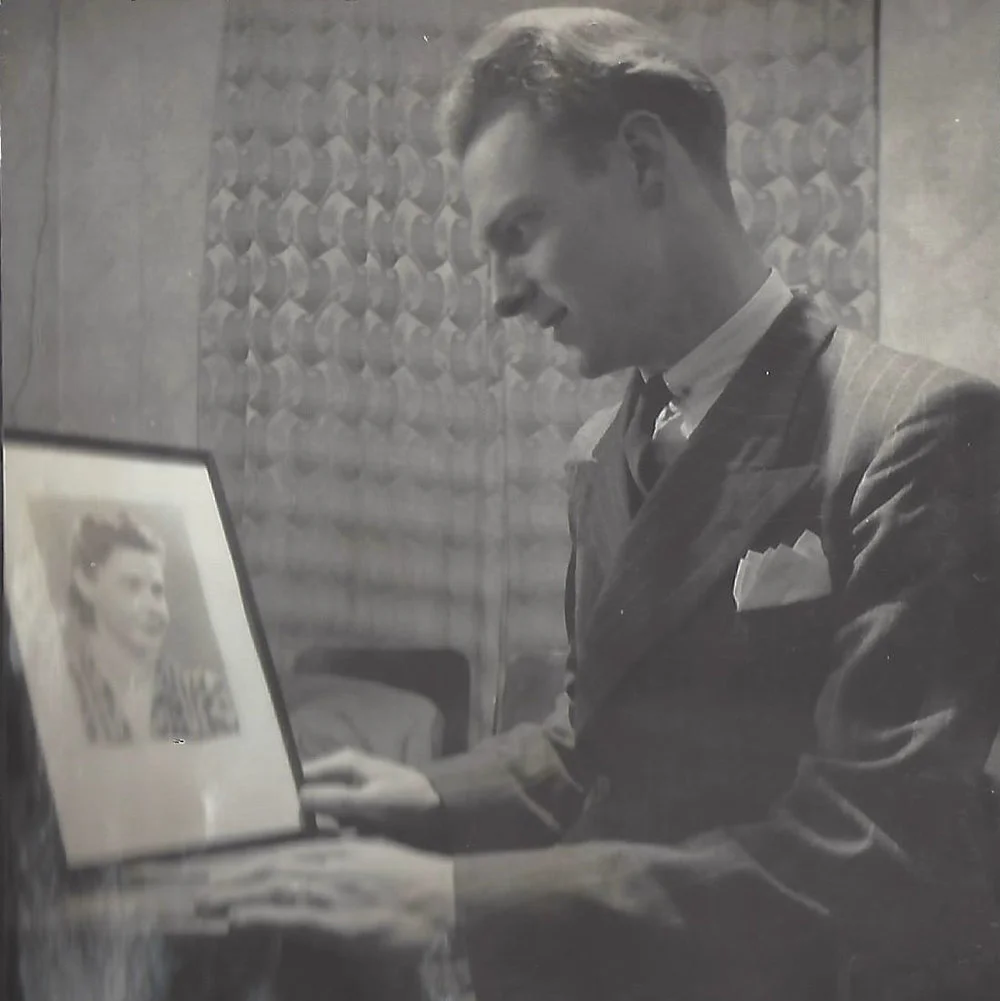This review was commissioned by and published in the NZ Herald in August 2017.
One of the biggest bunfights in the literary world at the moment is who gets to write who. Where is the line between imaginatively entering into the world of a character different from you, and cultural appropriation?
The Pacific Room is the debut novel of Australian journalist Michael Fitzgerald. It is the story of Robert Louis Stevenson’s final days in Apia, Samoa, in the late nineteenth century; and of modern-day art historian Lewis Wakefield’s journey to Samoa to research the portrait of Stevenson painted just before he died.
One of the reasons my mind was stuck on questions of identity and representations is because these are recurring themes in the book. Lewis’s twin was killed when they were children and he doesn’t entirely know who he is without him. Stevenson is, rather coyly, never referred to by that name, but instead goes by his Samoan cognomen Tusitala, or simply “the writer”. He is worried about the portraits made of him and how he is represented in other men’s art. Hovering underneath everything is Strange Case of Dr Jekyll and Mr Hyde, Stevenson’s iconic work of split identity. It made me wonder about the identity of the author.
Fitzgerald’s bio does not include his race, gender identity, or sexual orientation, which is often an indicator of what is generally regarded as the default option: male/heterosexual/cisgender/Caucasian. Some of his characters, however, are not. The Pacific Room is set largely in Samoa and features Samoan characters, including fa’afafine. In the acknowledgements Fitzgerald thanks the Samoan fa’afafine community, presumably for helping him with his research. Does this mean it’s ok? Who gets to decide? These unanswered questions troubled me throughout the book.
Fitzgerald’s prose style is poetic and rather dreamlike, which is sometimes beautiful and sometimes irritatingly languid. “The heat softens [Lewis], as if his body is but a membrane porous to the stories floating through the air.” The multiple points of view structure is distracting: I found there were too many characters for me to become fully invested.
Overall, there’s something about The Pacific Room that doesn’t quite work. I recommend instead Black Marks on the White Page, a recent anthology of Pasifika writing and art edited by Witi Ihimaera and Tina Makareti. That’s the real deal.



















